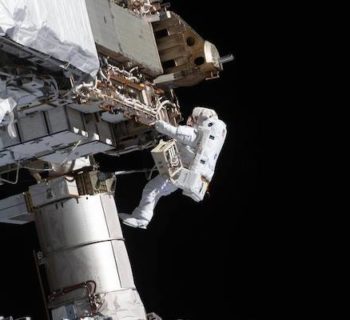ENID, OK - The annual Perseid meteor shower is active from mid-July to late August. This year it won't peak until the days around August 13.
This should be a great year for Perseids, which are generally thought to be one of the most impressive meteor showers most years. According to Space.com, the moon is set to be only 10% illuminated during those days, making it ideal conditions to better see the meteors. The Perseids produce a very high rate of meteors per hour, and they can reach a rate of between 150-200. On average, according to NASA, you can catch around 100 per hour.
The best location for viewing is the Northern Hemisphere. In terms of an actual spot, you should aim to find the darkest possible location or a place with very low light pollution. You might want to go to sleep early before your stargazing endeavor, though—the best time to catch them is the pre-dawn hours.
You won't need any equipment or binoculars, but you should allow your eyes to adapt to the dark. In order to do that, lay down and look at the sky towards the north for a good 30 minutes, after which you can expect to start seeing some gorgeous shooting stars. Additionally, NASA recommends getting comfortable—bring a blanket or a sleeping bag, and plan to lie flat on your back.









This means that the moon will still be over 90 per cent visible in the sky, making it harder to spot the paler lines of meteors.
They are saying the moon will be on the other side of the earth so it won’t be visible.